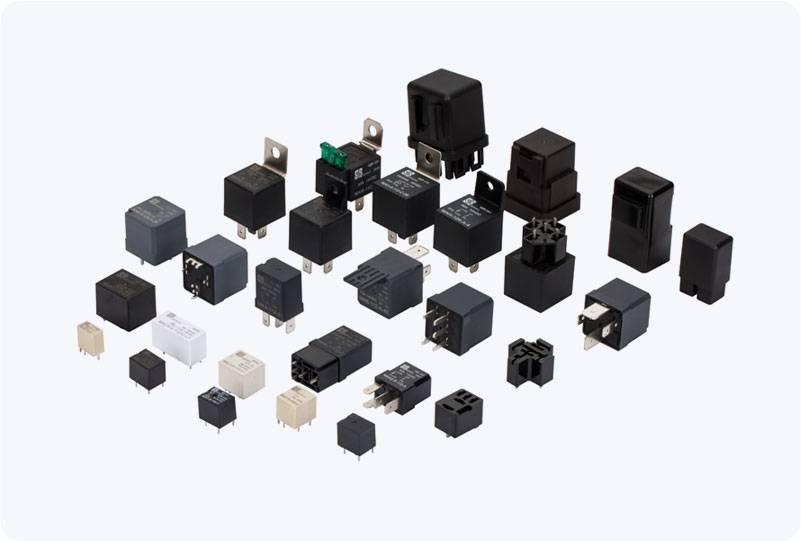understanding low voltage dc relay: applications, advantages, and functionality
Release time:2025-08-06 06:50:55
A Low Voltage DC Relay is an essential component in modern electrical systems, enabling the control of circuits with low voltage DC power. These devices function as switches that use a small electrical current to control the flow of a larger current in a separate circuit. With widespread applications in automotive, renewable energy systems, automation, and home appliances, understanding the workings, advantages, and applications of Low Voltage DC Relays is crucial for anyone involved in electrical and electronic industries.

What is a Low Voltage DC Relay?
A Low Voltage DC Relay is an electromagnetic switch that operates on low-voltage direct current (DC) circuits. The device has two main components: a coil and a set of contacts. When a low voltage DC signal is applied to the coil, it generates a magnetic field, causing the contacts to open or close. This enables the relay to either complete or break the connection in the external circuit, effectively controlling larger loads with a smaller, controlled current.
The low voltage DC relay typically operates at voltages ranging from 12V to 48V DC, which makes it ideal for circuits where higher voltage levels are not required, yet reliable switching of electrical loads is needed. These relays are used in a wide range of applications, from automotive electronics to renewable energy systems.

